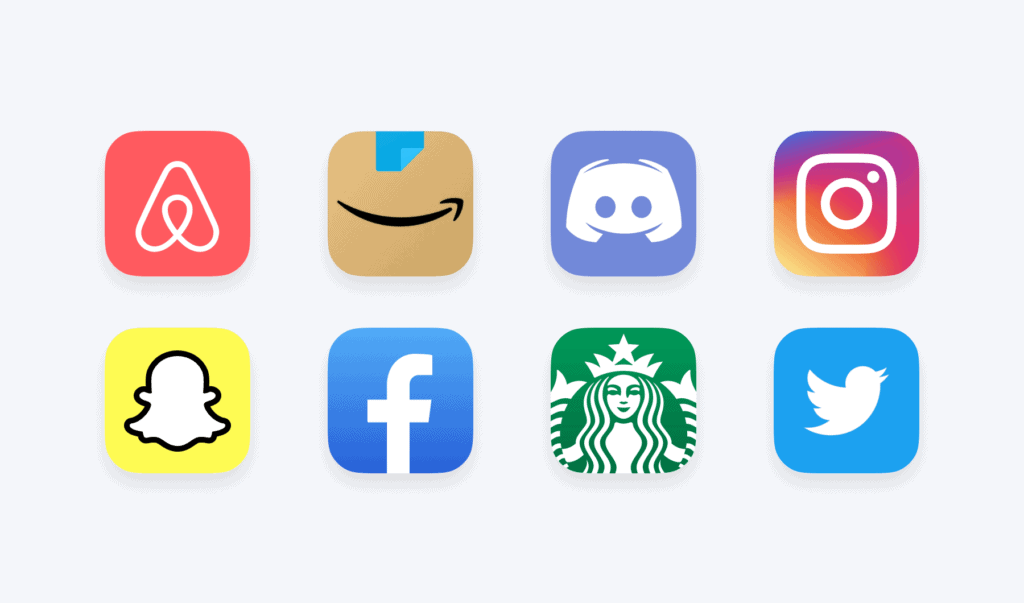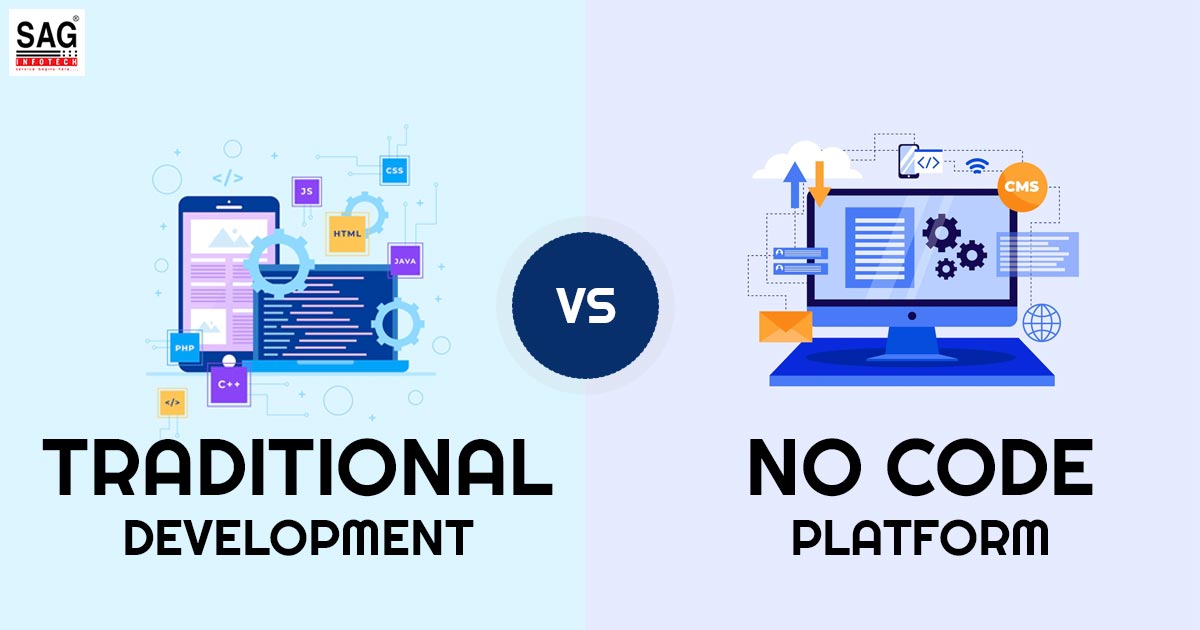Date: 25-07-2024
Employing React Native Components for Streamlined Design
Overview of React Native Components
With the cross-platform UI toolkit React Native Elements, developers can create aesthetically pleasing and standardized user interfaces for React Native apps. It offers a collection of highly configurable pre-built components that adhere to material design standards. Developers can guarantee that their apps look and feel the same on all platforms by utilizing these components, which is crucial for user retention and happiness.
Consistent Design Is Important
Consistent design includes usability, accessibility, and brand identification, among other aspects of the user experience, beyond merely aesthetic appeal. Consistent design has the following benefits for companies, such as Indian real estate and e-commerce app development companies:
- Enhanced User Experience: The software is simple to use and navigate, which increases user satisfaction and engagement.
- Brand Recognition: The identity of the brand is reinforced by a consistent design, which makes it memorable and instantly identifiable.
- Reduced Development Time: By saving time and effort, pre-built components free up developers to concentrate on other crucial program features.
- Cross-Platform Compatibility: Makes sure the program works and looks good on Android and iOS gadgets.
React Native Components for Online Stores
To ensure that customers have a flawless buying experience, e-commerce apps need to have a strong and user-friendly design. React Native Elements can be used by an Indian e-commerce app development business to produce an aesthetically pleasing and intuitive user interface. Here's how to do it:
1. Listings of Products
Pages with product listings are an essential part of any e-commerce platform. Developers may design aesthetically pleasing and standardized product cards with React Native Elements, which show product names, photos, prices, and ratings. It is possible to alter elements such as {Card}, Image, and Text to fit the concept and aesthetic of the brand.
2. Finding and Sorting
Users must have access to a robust search and filtering engine in order to locate the products they need promptly. Components like SearchBar and ButtonGroup are available in React Native Elements to help develop search interfaces that are responsive and easy to use. It is possible to style these elements consistently to give the user experience coherence.
3. Authentication of Users
One essential component of e-commerce apps is user authentication. The Input, Button, and Overlay components can be utilized to construct safe and aesthetically pleasing login and registration screens. Users can trust the app and feel confidence while inputting their credentials because of its consistent appearance.
4. Purchase Cart and Payment
The checkout and shopping cart procedures must to be simple to understand and use. The ListItem, Button, and Icon components from React Native Elements can be used to build a seamless and uniform checkout process. Reducing cart abandonment rates can be achieved by making sure that the design is uniform throughout the whole checkout process.
React Native Features for Property Applications
Specific design requirements for real estate apps include interactive maps, comprehensive property listings, and easy-to-use navigation. React Native Elements can be used by an Indian real estate app development business to satisfy these requirements and produce a dependable and polished app design.
1. Listings of Properties
Either order to draw either prospective tenants or buyers, real estate listings must be comprehensive and aesthetically pleasing. You may personalize the Card, Image, and Text components of React Native Elements to build eye-catching property cards with pictures, descriptions, pricing, and other pertinent information.
2. Active Cartography
An essential component of real estate apps are maps, which let users see homes in certain places. The user experience can be improved by integrating interactive maps with the Icon and Overlay components from React Native Elements. To ensure consistency, these elements can be stylized to fit the overall design of the app.
3. Dashboards and User Profiles
Users should be able to manage their accounts and settings with ease thanks to user profiles and dashboards. You may utilize the Avatar, Divider, and Button components from React Native Elements to construct standardized, user-friendly profile displays. Users may quickly access their search history, saved properties, and other customized features with the aid of a well-designed dashboard.
4. Contact and Inquiry Forms
For real estate apps to help users and property agents communicate, contact and inquiry forms are necessary. Forms can be made to seem professional and uniform by using components like Input, Button, and Form. Ensuring the usability and aesthetic appeal of these forms can enhance user engagement and generate leads.
Advantages of React Native Components
1. Unity Throughout Platforms
The design is maintained on both the iOS and Android platforms thanks to React Native Elements. Because customers want a consistent experience across devices, this is especially crucial for e-commerce and real estate apps.
2. Adjustment
React Native Elements offers a large number of customizable options in addition to a pre-built component set. The components can be customized by developers to meet the exact branding and design specifications of the application, guaranteeing a distinctive and customized user experience.
3. Partnership Support
A sizable and vibrant developer community actively participates in the development and enhancement of React Native Elements. By keeping the library abreast of the most recent design trends and best practices, the community helps to ensure that developers have access to dependable and state-of-the-art tools.
4. Efficiency
React Native Elements offers pre-built components that can expedite the development process considerably. Due to this efficiency, Indian companies that design applications for e-commerce and real estate are able to exceed client expectations and maintain their competitiveness in the market by producing high-quality apps in shorter amounts of time.
Case Studies
1. Indian E-Commerce App Development Firm
The duty of developing a mobile shopping app for a fashion brand fell to an Indian e-commerce app development company. The team focused on producing a dependable and eye-catching design while developing the app utilizing React Native Elements. Through the utilization of components such as {Card}, Button, and {Image}, the development team successfully constructed a shopping interface that perfectly embodied the brand's essence. The end product was an aesthetically pleasing and intuitive application that garnered favorable reviews from users and increased the client's online sales.
2. Indian Real Estate App Development Firm
A property management company in India reached out to an Indian real estate app development company to create a mobile application for listing and managing properties. The app has a unified and polished appearance thanks to the company's use of React Native Elements in its design. Card, Icon, and Overlay components were utilized to build interactive maps and comprehensive property listings. The property management company was able to increase client interaction and draw in more users thanks to the app's logical layout and consistent design.
Difficulties and Their Resolutions
1. Personalization vs Uniformity
Even though React Native Elements has a lot of customization choices, it might be difficult to strike a balance between consistency and customisation. Developers must make sure that, in customizing components, they adhere to the brand guidelines and general design concepts. Keeping this equilibrium can be achieved by clearly defining design standards and principles.
2. Optimization of Performance
It's critical to make sure the program runs well on both iOS and Android. Although React Native Elements provide a unified design, developers still need to concentrate on enhancing the application's speed. This entails managing states effectively, reducing re-renders, and refining animations.
3. Incorporation of External Libraries
Integration with third-party libraries is frequently necessary for e-commerce and real estate apps to provide functionalities like payment processing, analytics, and map services. It can be difficult to make sure that these integrations don't interfere with the coherent design. Third-party libraries that can be styled to blend in with the app's design and are compatible with React Native should be used by developers.
Prospective Patterns
It is anticipated that as more companies realize how crucial consistent design is to the creation of mobile apps, the use of React Native Elements will increase. Among the anticipated trends are:
1.```html Enhanced Personalization
More customization possibilities for React Native Elements are probably on the way, as demand for distinctive and customized app experiences continues to rise. This will enable designers to produce ever more specialized and unique designs without sacrificing coherence.
2. Improved Efficiency
React Native Elements will keep developing its performance optimization skills as technology advances. This will guarantee that applications created with the library are quick and responsive in addition to having a consistent visual style.
3. AI and Machine Learning Integration
Mobile app development is starting to include AI and machine learning as standard components. It is anticipated that React Native Elements would work more smoothly with AI and machine learning tools, giving developers the ability to create intelligent and engaging applications without sacrificing design coherence.
Final Thoughts
Any Indian real estate app development firm and e-commerce app development company India can gain a competitive edge by utilizing React Native Elements for uniform design. Developers may construct visually beautiful, consistent, and user-friendly mobile applications by utilizing React Native Elements' pre-built components and modification capabilities. This shortens development time and reinforces brand identification in addition to improving user experience. React Native Elements will be a useful tool for developers who want to produce mobile apps that are high-quality and have consistent, polished designs even as technology advances.
Your choice of weapon
Build your Apps for any Platform
Latest Blogs


Low-Code No-Code Development A Threat or Boon to Traditional Developers
Posted On: 31-May-2024
Category:

Boost User Engagement: The Psychology Behind Effective Mobile App Design
Posted On: 05-Jun-2024
Category:



How to Choose the Right Software Development Partner for Your Needs
Posted On: 13-Jun-2024
Category: software
Related Services





Mobile app development company United States
Posted On: 01-Aug-2024
Category: mobile app development company

We to code. It's our passion










you can also reach us at our given
email address or phone number.




